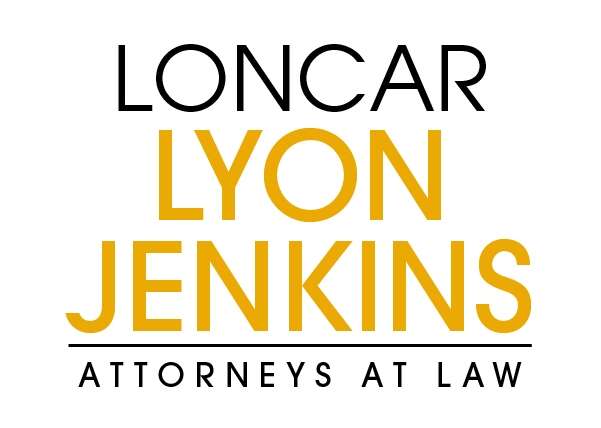
Table of Contents
Key Takeaways:
- Legal funding assists plaintiffs during lengthy legal battles, alleviating financial stress.
- Understanding the criteria and application processes involved in obtaining legal financing is essential.
- The impact of legal funding on the justice system is significant, although it has advantages and challenges.
- Emerging trends show an increased reliance on legal funding in complex legal cases.
Understanding Legal Funding
In today’s legal landscape, legal funding, commonly known as litigation financing, is emerging as a critical financial resource for individuals caught in the throes of legal disputes. The core idea behind legal funding is to provide plaintiffs with immediate access to capital they wouldn’t otherwise have while awaiting the outcome of their lawsuit. Opting for solutions like an advance cash lawsuit can offer a lifeline for those in dire need, ensuring that lack of immediate funds doesn’t force them to settle for less than they deserve. This facility is especially beneficial for those who face overwhelming financial pressures due to prolonged court proceedings. Plaintiffs can use these funds to cover essential living expenses, medical bills, or mounting legal costs, allowing them to focus on the case’s merits rather than financial constraints.
The Application Process
Securing legal funding entails navigating a structured application process, which, although potentially daunting, is crucial for eligibility assessment. Funders are meticulous, gauging the legitimacy of the case and its anticipated settlement value. The process typically involves several stages, beginning with applicants furnishing detailed information about their case, including legal documents, medical records, and other pertinent data that can attest to the case’s merit. Funders scrutinize this data, weighing the risks versus the potential payoff before approving any funds. This thorough evaluation ensures that only lawsuits with promising outcomes receive advances, aligning the interests of the plaintiff and the funding entity. Understanding these criteria and the procedural nuances can empower applicants, streamlining their path to funding approval.
The Advantages of Legal Funding
Legal funding is celebrated for its myriad advantages, chiefly financial reprieve for plaintiffs who often battle uphill against deep-pocketed corporations or individuals. By providing a financial cushion, plaintiffs can maintain their quality of life amidst litigations that might stretch for months or even years. This financial relief translates into a tactical edge in the courtroom, as plaintiffs can afford to wait for a just settlement rather than succumbing to pressure to accept lower offers due to financial duress. Furthermore, legal funding is non-recourse, meaning that plaintiffs must repay the funder only if their case is successful, substantially reducing the inherent financial risk of litigating.
Potential Challenges
Despite the clear benefits, legal funding is not without its challenges. For starters, the fees associated with securing such financing can be hefty. Legal funding companies typically charge a premium for their services, justified by the high risks they assume. These fees, compounded over time, can consume a significant portion of any eventual settlement or award. Moreover, the stringent process that plaintiffs must go through to demonstrate the merits of their case to funders presents another potential challenge. Thorough preparation and sometimes extensive legal counsel are necessary to prove a case’s viability convincingly. Additionally, an over-reliance on litigation funding may influence decision-making, steering parties toward litigation strategies prioritizing funding requirements rather than strategic legal interests.
Impact on the Justice System
The domino effect of legal funding on the justice system is profound and multifaceted. On the one hand, it democratizes access to justice, leveling the playing field by empowering plaintiffs who might otherwise have been outmaneuvered due to financial incapacity. Legal funding catalyzes fairer legal outcomes through this lens, ensuring that monetary resources do not unduly influence justice delivery. Conversely, there is caution in its widespread adoption. Legal funding transforms litigation into a form of financial investment, where the increased pursuit of high-stake cases might drain judicial resources or even inflate case valuations beyond sustainable limits. An impartial and balanced approach is required to mitigate these risks while embracing the positive aspects of legal funding’s influence.
Emerging Trends in Legal Funding
Increased investment and novel applications in diverse litigation scenarios characterize the evolving nature of legal funding. Current trends in the litigation finance arena showcase innovations and adaptations to the needs of modern legal challenges. Complex legal cases, such as intellectual property disputes and mass torts, are increasingly relying on financial backing to manage escalating costs and to navigate intricate legal maneuvers. This trend points to a transformative shift, suggesting that legal funding’s application will continue to expand, thereby embedding itself as a staple instrument within the fabric of contemporary legal strategies.
Frequently Asked Questions
- What types of cases are eligible for legal funding? – Legal funding is generally reserved for cases with clear liability and high potential recoveries, such as personal injury, commercial litigation, or product liability cases.
- How do repayment terms work in legal funding agreements? The hallmark of legal funding agreements is their non-recourse nature, meaning that plaintiffs remit payment to the funding entity only upon a successful case resolution.
- Is legal funding available for all jurisdictions? Jurisdictional variations exist, and legal financing may not be allowed in all regions. Therefore, comprehending local legal frameworks is essential for determining funding eligibility.


